Removing the control unit on a washing machine?
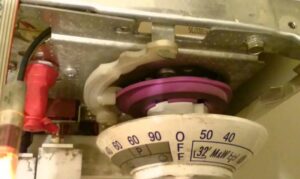 Although old washing units are considered very reliable, they sometimes fail. The older the model, the less often the owners decide to repair outdated parts, preferring to buy a newer machine. However, there are those who do not agree to part with time-tested quality, and then they need to know how to remove the control device on a washing machine in order to repair it.
Although old washing units are considered very reliable, they sometimes fail. The older the model, the less often the owners decide to repair outdated parts, preferring to buy a newer machine. However, there are those who do not agree to part with time-tested quality, and then they need to know how to remove the control device on a washing machine in order to repair it.
Dismantling the command apparatus
Dismantling requires preliminary preparation. As in any other case, when you work on a washing machine, before repairing it, you need to disconnect it from the water supply and power supply. Then move the device away from the wall so that it can be easily approached from any side.
Make sure that there is no water in the drum, remove and clean the debris filter, and remove the powder receptacle from the groove. Now unscrew the screws that secure the top panel of the washer and remove it. For most old-style washing machines, you will also have to remove the plastic control panel from the front wall. After this, you can begin to dismantle the command apparatus itself.
- Inspect the washer from above. Locate the wires that direct the flow of water to the different compartments of the dispenser. One end of it is fixed to the panel on top of the powder receiver with two clamps. Unclench them and remove one end of the wire.
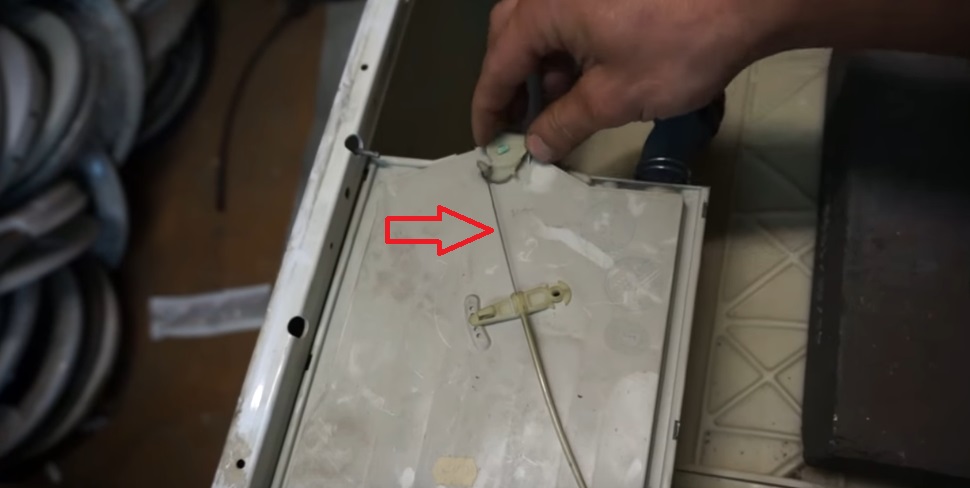
- Now move to the left wall of the washing machine (if you are facing the front panel, it will be on the right for you) to the mode regulator, to which the second end of the wire is attached to a hook, remove it.
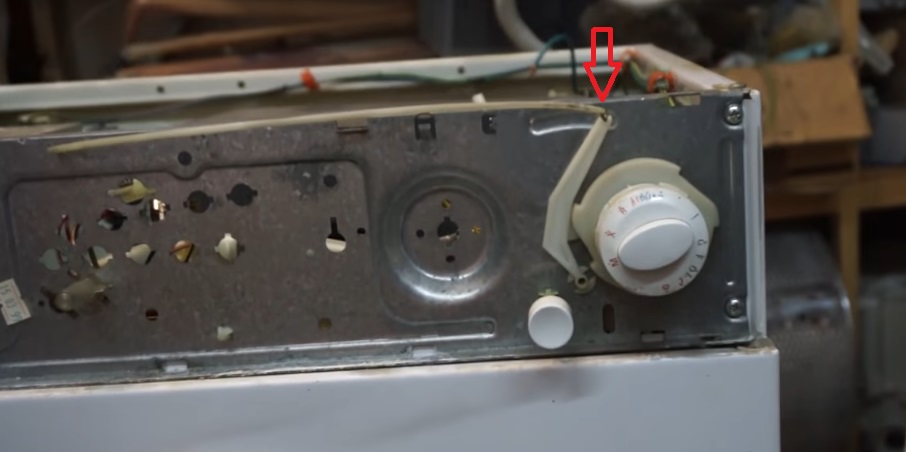
- Remove the plastic cylinder indicating the washing programs.
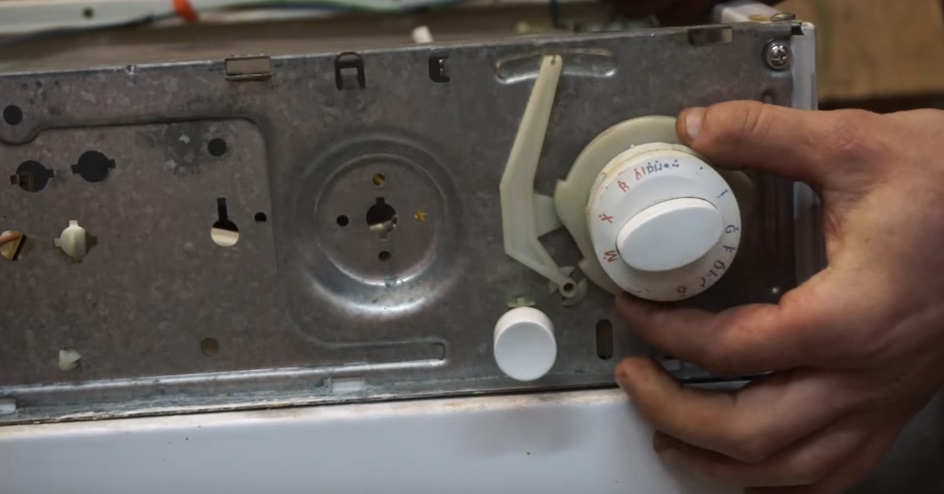
- Under it, in a small niche, you will see a self-tapping screw.Unscrew it with a screwdriver.
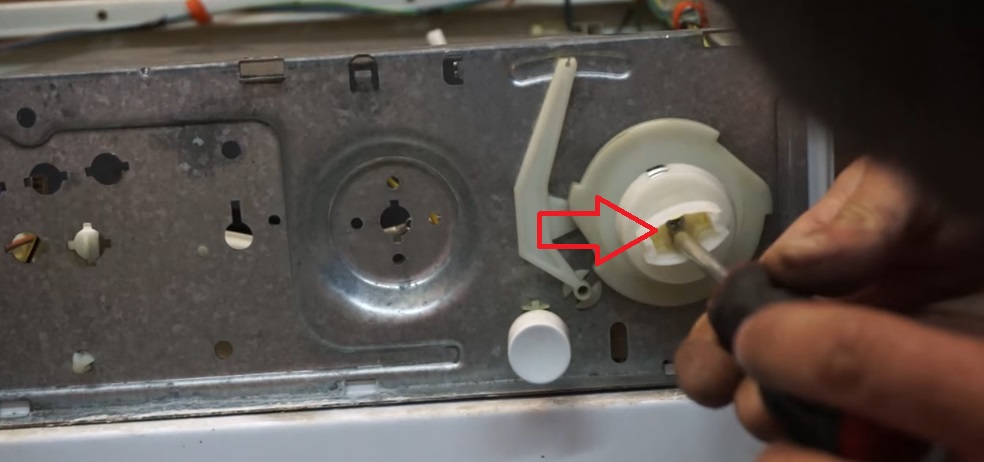
- Remove the plastic element it holds, under which you will find two more large bolts that are responsible for fastening the command device itself.
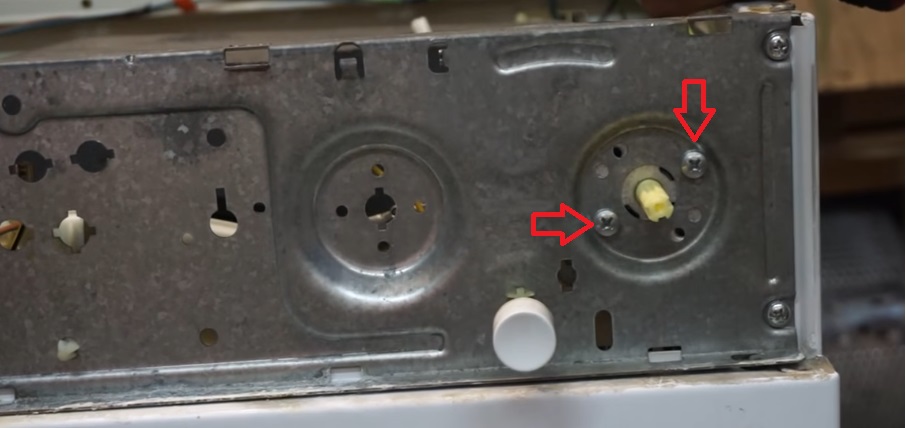
- After removing these screws, the command device will only be held in place by a multitude of wires. To remove it, you will have to remove the wiring, first marking somewhere which wire corresponds to which hole, so that you can then correctly mount the element back.
Important! The correct position of the mode switching knob determines whether the machine will correctly understand your choice of program, so before removing it, remember exactly what position it was in.
How are Ariston programmers repaired?
How to inspect the command apparatus of an Ariston machine for problems and malfunctions? On the side of the part you will find fasteners that hold the cover in place, which can be easily removed with a screwdriver. Under the cover there are many springs that tend to fly apart in different directions, and a circuit board that will need to be removed and temporarily stored somewhere.
Let's pay attention to the gears; sometimes debris accumulates in them; if there is any, we remove it. We return to the board and carefully study it. If the board tracks, some small elements or just areas are burnt, solder them again.
If no obvious damage is found, take a multimeter and use it to check the element contacts for resistance. If everything is fine there too, remove the engine core. Inspect the motor winding for damage and signs of burning. If they are, the element will have to be replaced.
During the inspection, other damage may be discovered.
Program switches on German and Slovenian technology
No matter how much you would like to extend the life of your washing machine by repairing the programmer, this is not always possible. If we are talking about a German washing unit, then it is almost impossible to repair it yourself; you will need a whole store of knowledge and experience working with electronics, since the control device is very complex.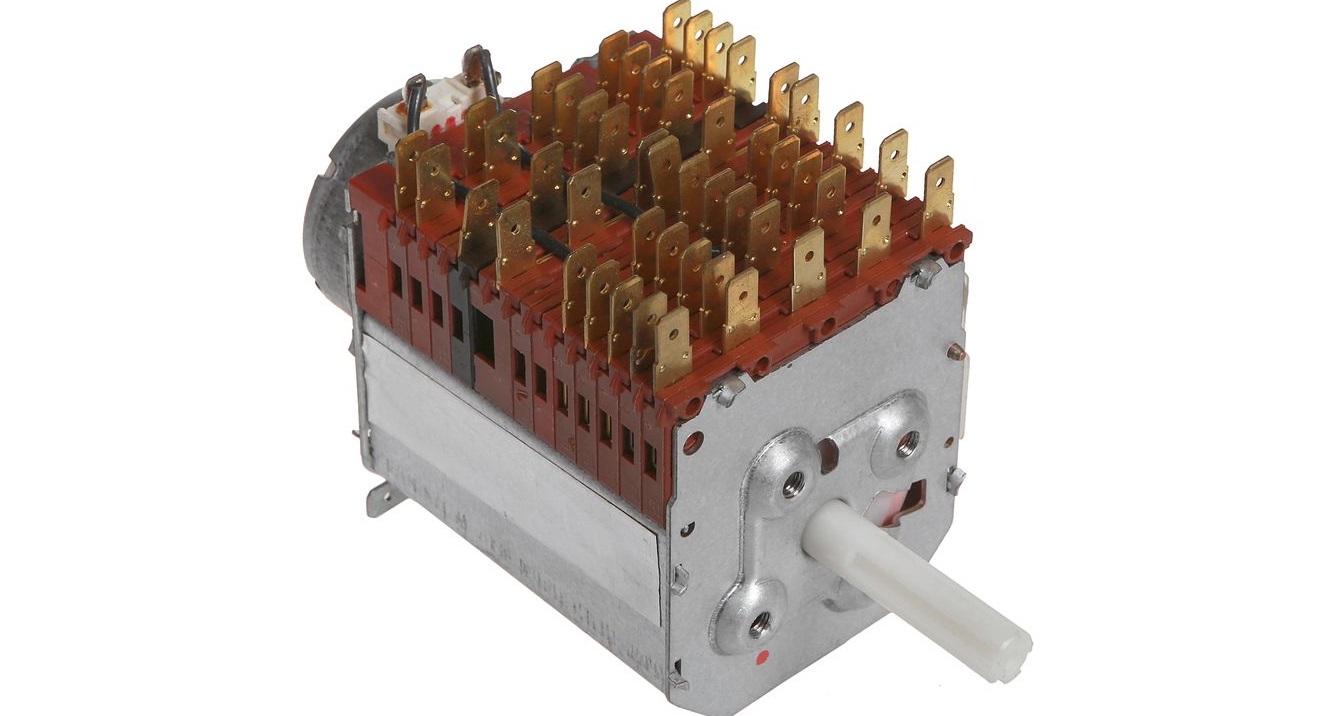
Slovenian machine programmers generally have a soldered-in control board, so if it is damaged, you will have to replace the entire command device. However, if the malfunction is superficial, for example, the programmer handle is broken, then it is quite possible to repair it yourself. To do this, you don’t have to work with the element’s content.
Interesting:
Reader comments
- Share your opinion - leave a comment

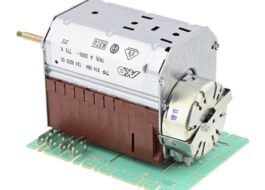


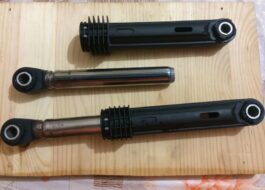
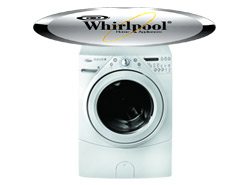















Add a comment